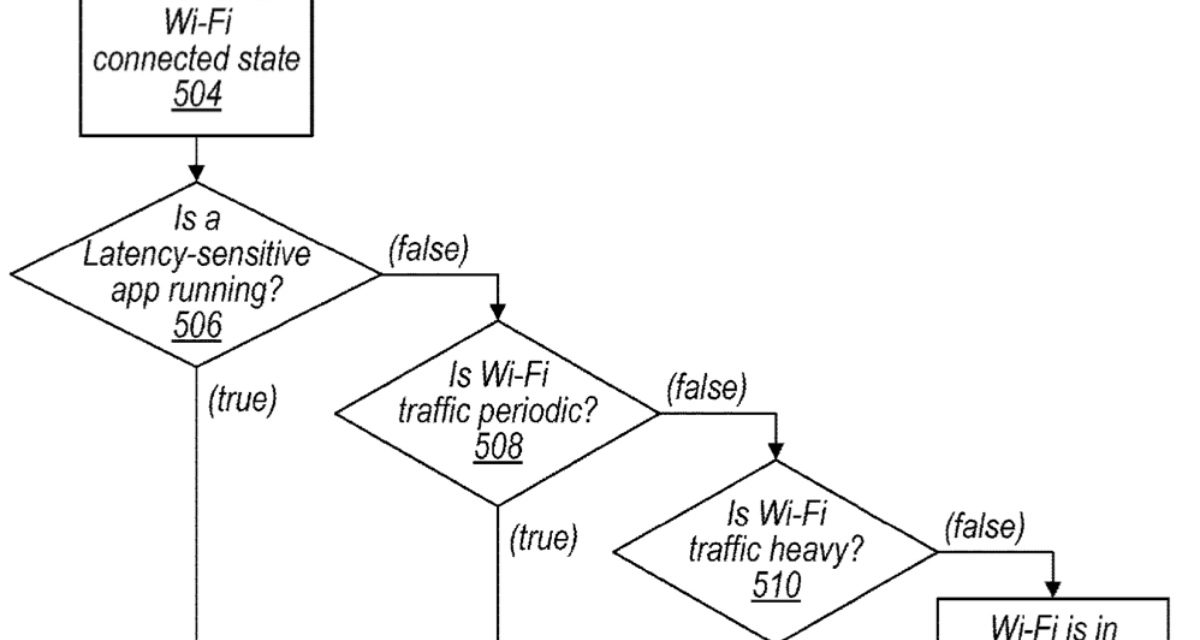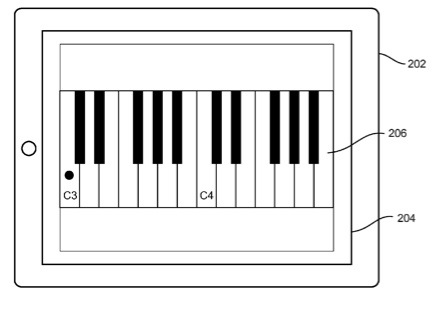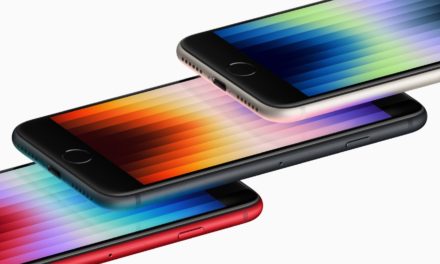Apple has filed for a patent (number 20220112531) for a “Wi-Fi Traffic Aware System with Wireless Accessories.” The goal is to make the company’s various devices seamlessly navigate between various wireless communication protocols.
About the patent filing
In the patent filing, Apple notes that wireless communication systems are rapidly growing in usage. What’s more, wireless communication technology has evolved from voice-only communications to also include the transmission of data, such as Internet and multimedia content, precise ranging and location, etc.
Additionally, there exist numerous different wireless communication technologies (also referred to as radio access technologies (RATs)) and standards. Some examples of wireless communication standards include GSM, UMTS (associated with, for example, WCDMA or TD-SCDMA air interfaces), LTE, LTE Advanced (LTE-A), NR, HSPA, 3GPP2 CDMA2000 (e.g., 1.times.RTT, 1.times.EV-DO, HRPD, eHRPD), IEEE 802.11 (WLAN or Wi-Fi.TM.), BLUETOOTH.TM., BTLE, ultra wideband (UWB), etc.
Sometimes, multiple wireless communication technologies may share certain resources, such as an antenna, frequency space, etc. Apple says this may lead to interference and/or conflicts in timing. The tech giant wants to alleviate such issues with its Macs, iPhones, iPads, Apple Watches, etc.
Summary of the patent filing
Here’s Apple’s summary of the patent filing with technical details: “Methods and apparatuses are presented to facilitate coexistence between multiple wireless communication protocols implemented by a wireless communication device, by dynamically adjusting priority between the two protocols. The wireless communication device may typically favor a first protocol (e.g. Bluetooth/BTLE), prioritizing resource requests by the first protocol. In certain use cases, the first protocol may demand high resource usage for an extended time, particularly for newer tracking and wearable devices, such as location tags, watches, headsets, etc.
“Such applications can disrupt existing use cases for a second protocol (e.g., Wi-Fi). Therefore, the wireless communication device may dynamically determine whether the second protocol is performing critical operations, such as latency-sensitive applications or high-performance operations. If so, the wireless communication device may allocate resources accordingly in real time, e.g., by reducing or limiting the resources assigned to the first protocol, to allow increased resources for the second protocol.”
Article provided with permission from AppleWorld.Today





